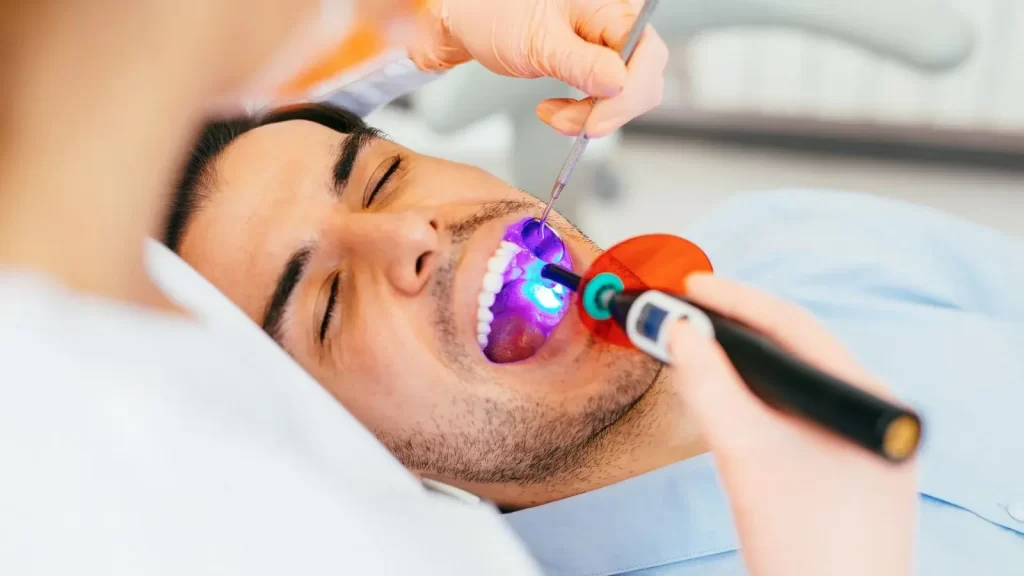Dental Sealant services offered in Sherman Oaks, CA
Dental sealant is a thin plastic coat paint done on the chewing surfaces of teeth, it is usually done on the back teeth (the premolars and molars)to prevent tooth decay. The sealant bonds into the depressions quickly and groove the teeth, forming a protective shield over the enamel of each tooth. Although thorough brushing and flossing can remove food particles and plaque from smooth surfaces of teeth they cannot always get into all the nooks and corners of the back teeth to remove the food and plaque. Dental sealants help to protect these vulnerable areas from tooth decay by “sealing out” plaque and food.

